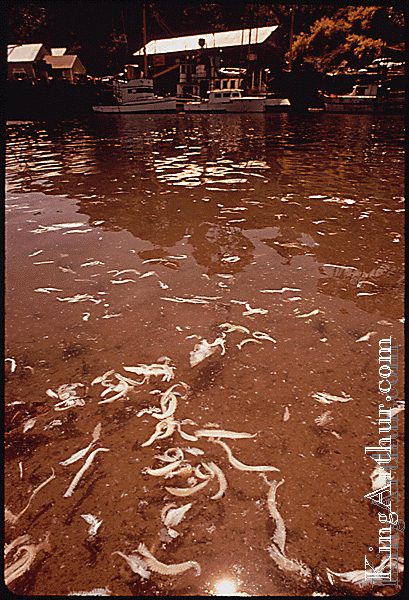The Connection Between Ozone Depletion and UVB Radiation
Reductions in ozone levels will lead to higher levels of UVB reaching the Earth's surface. The sun's output of UVB does not change; rather, less ozone means less protection, and hence more UVB reaches the Earth. Studies have shown that in the Antarctic, the amount of UVB measured at the surface can double during the annual ozone hole. Another study confirmed the relationship between reduced ozone and increased UVB levels in Canada during the past several years.
Effects on Human Health
Laboratory and epidemiological studies demonstrate that UVB causes nonmelanoma skin cancer and plays a major role in malignant melanoma development. In addition, UVB has been linked to cataracts. All sunlight contains some UVB, even with normal ozone levels. It is always important to limit exposure to the sun. However, ozone depletion will increase the amount of UVB and the risk of health effects.
Effects on Plants
Physiological and developmental processes of plants are affected by UVB radiation, even by the amount of UVB in present-day sunlight. Despite mechanisms to reduce or repair these effects and a limited ability to adapt to increased levels of UVB, plant growth can be directly affected by UVB radiation.
Indirect changes caused by UVB (such as changes in plant form, how nutrients are distributed within the plant, timing of developmental phases and secondary metabolism) may be equally, or sometimes more, important than damaging effects of UVB. These changes can have important implications for plant competitive balance, herbivory, plant diseases, and biogeochemical cycles.
Effects on Marine Ecosystems
Phytoplankton form the foundation of aquatic food webs. Phytoplankton productivity is limited to the euphotic zone, the upper layer of the water column in which there is sufficient sunlight to support net productivity. The position of the organisms in the euphotic zone is influenced by the action of wind and waves. In addition, many phytoplankton are capable of active movements that enhance their productivity and, therefore, their survival. Exposure to solar UVB radiation has been shown to affect both orientation mechanisms and motility in phytoplankton, resulting in reduced survival rates for these organisms. Scientists have demonstrated a direct reduction in phytoplankton production due to ozone depletion-related increases in UVB. One study has indicated a 6-12% reduction in the marginal ice zone.
Solar UVB radiation has been found to cause damage to early developmental stages of fish, shrimp, crab, amphibians and other animals. The most severe effects are decreased reproductive capacity and impaired larval development. Even at current levels, solar UVB radiation is a limiting factor, and small increases in UVB exposure could result in significant reduction in the size of the population of animals that eat these smaller creatures.
Effects on Biogeochemical Cycles
Increases in solar UV radiation could affect terrestrial and aquatic biogeochemical cycles, thus altering both sources and sinks of greenhouse and chemically-important trace gases e.g., carbon dioxide (CO2), carbon monoxide (CO), carbonyl sulfide (COS) and possibly other gases, including ozone. These potential changes would contribute to biosphere-atmosphere feedbacks that attenuate or reinforce the atmospheric buildup of these gases.
Effects on Materials
Synthetic polymers, naturally occurring biopolymers, as well as some other materials of commercial interest are adversely affected by solar UV radiation. Today's materials are somewhat protected from UVB by special additives. Therefore, any increase in solar UVB levels will therefore accelerate their breakdown, limiting the length of time for which they are useful outdoors.



1 comment:
This is true we need to help our inviorment!!!
Post a Comment